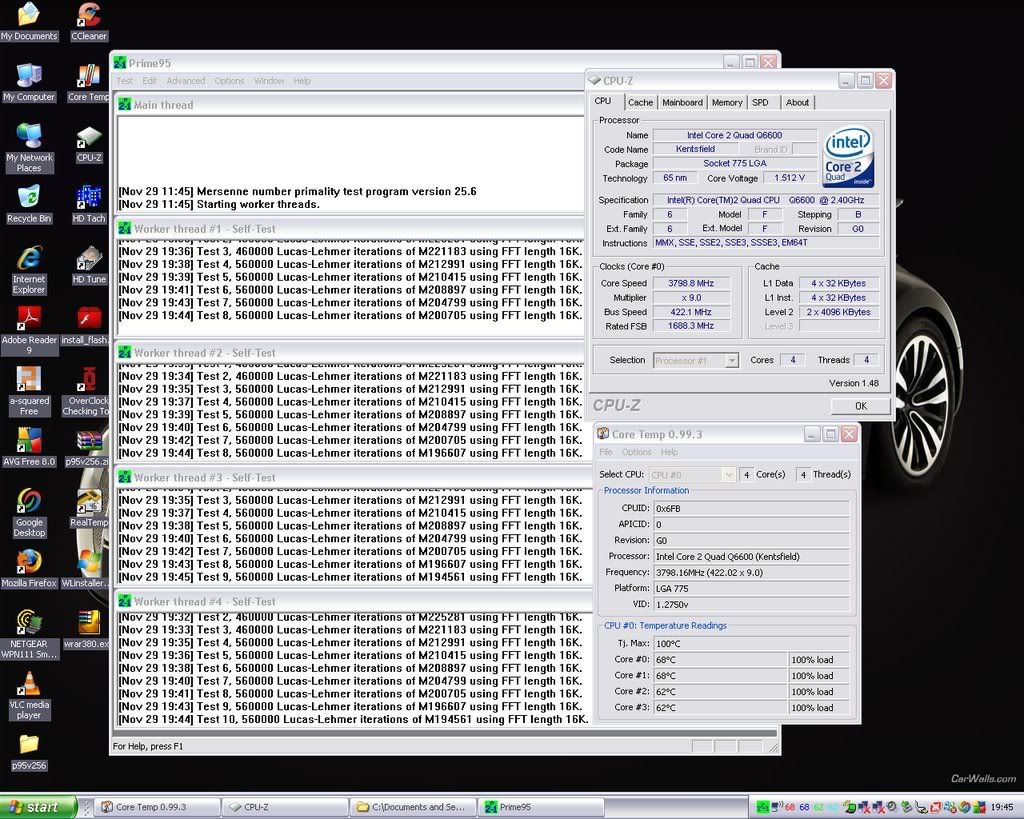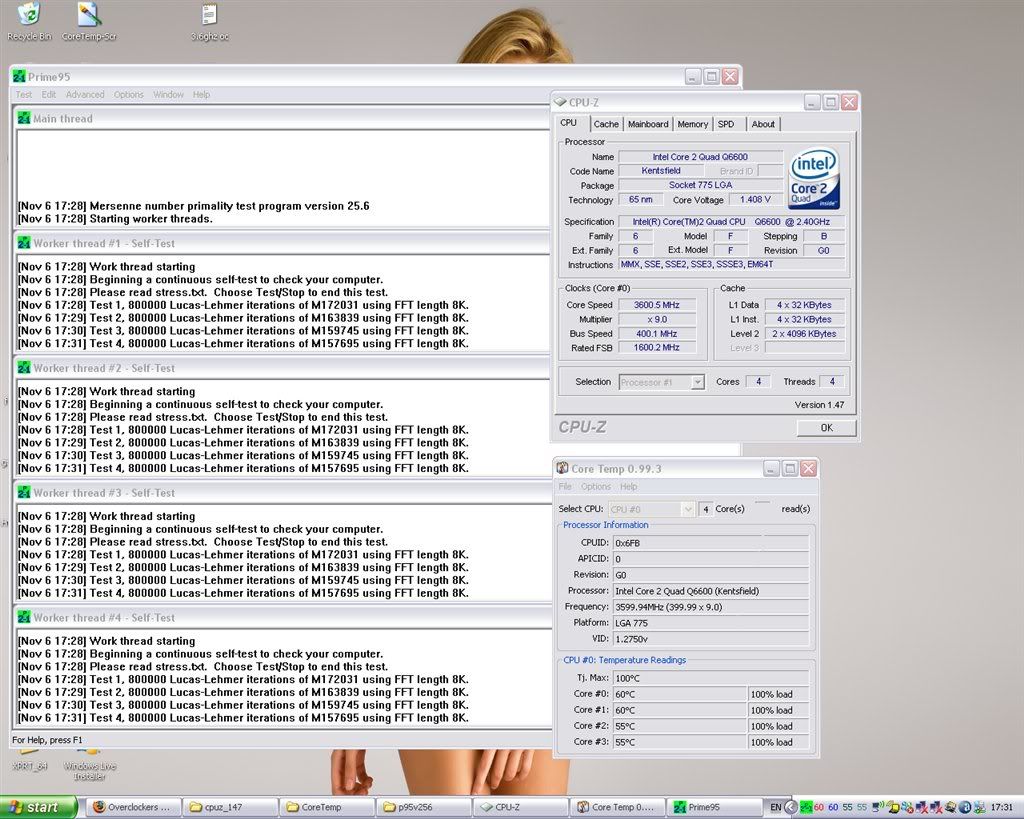- Joined
- 1 Jun 2010
- Posts
- 7,058
- Location
- Bedford
Ok so the mosfets are the small black chips as seen in the pic below.

The heatsink which I used on mosfets was a small blue one with thermal pad as shown below which I took off from my brother's dud graphics card.

Luckily it fitted fine and was small enough to be placed on top mosfets aswell between chokes.


However with bios vcore still at 1.4375V, my PC ran IBT fine for 2-3 runs before it crashed again.
I am just gonna have to live with the fact that in terms of IBT stress testing, my motherboard has reached it's limit for [email protected]. Anything above and my motherboard can't handle the stress and crashes.
I am running my [email protected] anyway knowing I am Prime95 stable and for me this is fine .
.
However today I have learnt something new about mosfets cooling.
Cheers mick and the rest

The heatsink which I used on mosfets was a small blue one with thermal pad as shown below which I took off from my brother's dud graphics card.

Luckily it fitted fine and was small enough to be placed on top mosfets aswell between chokes.


However with bios vcore still at 1.4375V, my PC ran IBT fine for 2-3 runs before it crashed again.
I am just gonna have to live with the fact that in terms of IBT stress testing, my motherboard has reached it's limit for [email protected]. Anything above and my motherboard can't handle the stress and crashes.
I am running my [email protected] anyway knowing I am Prime95 stable and for me this is fine
 .
.However today I have learnt something new about mosfets cooling.
Cheers mick and the rest

Last edited:




 .
. 



